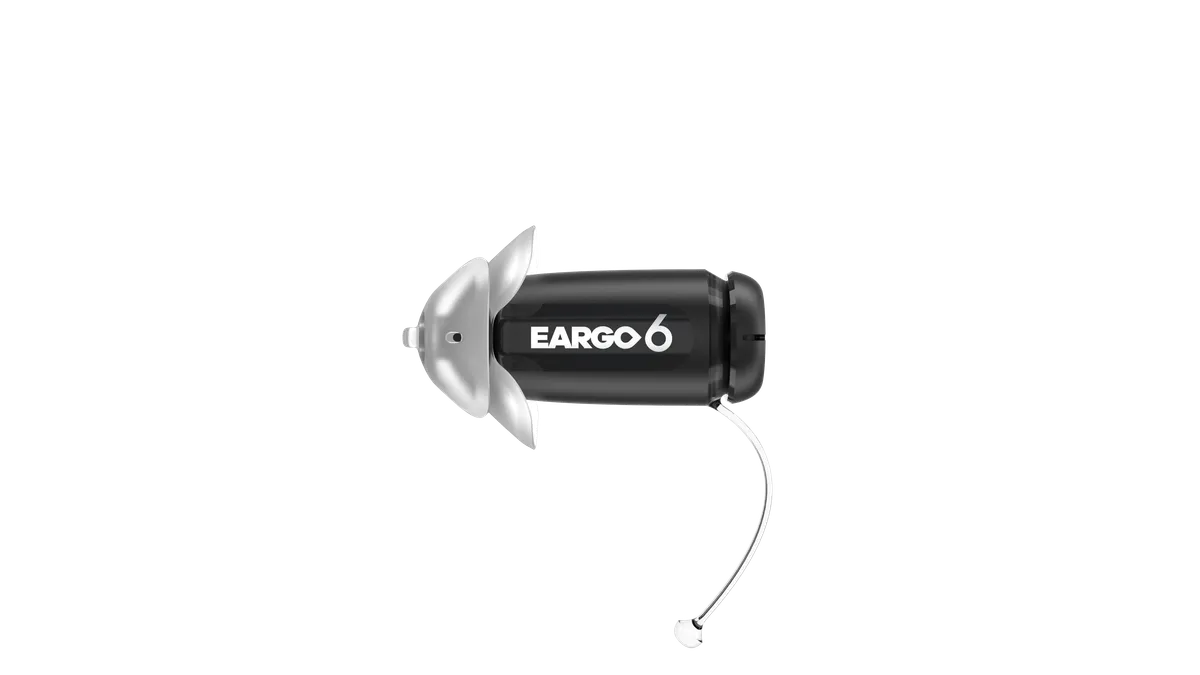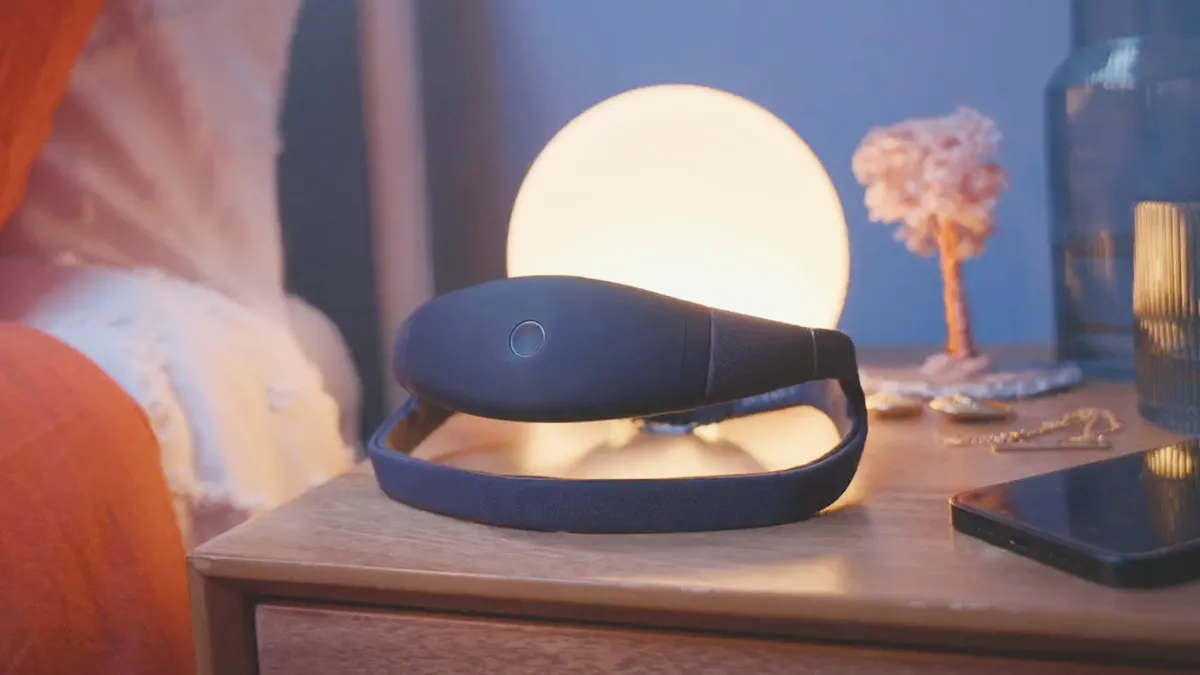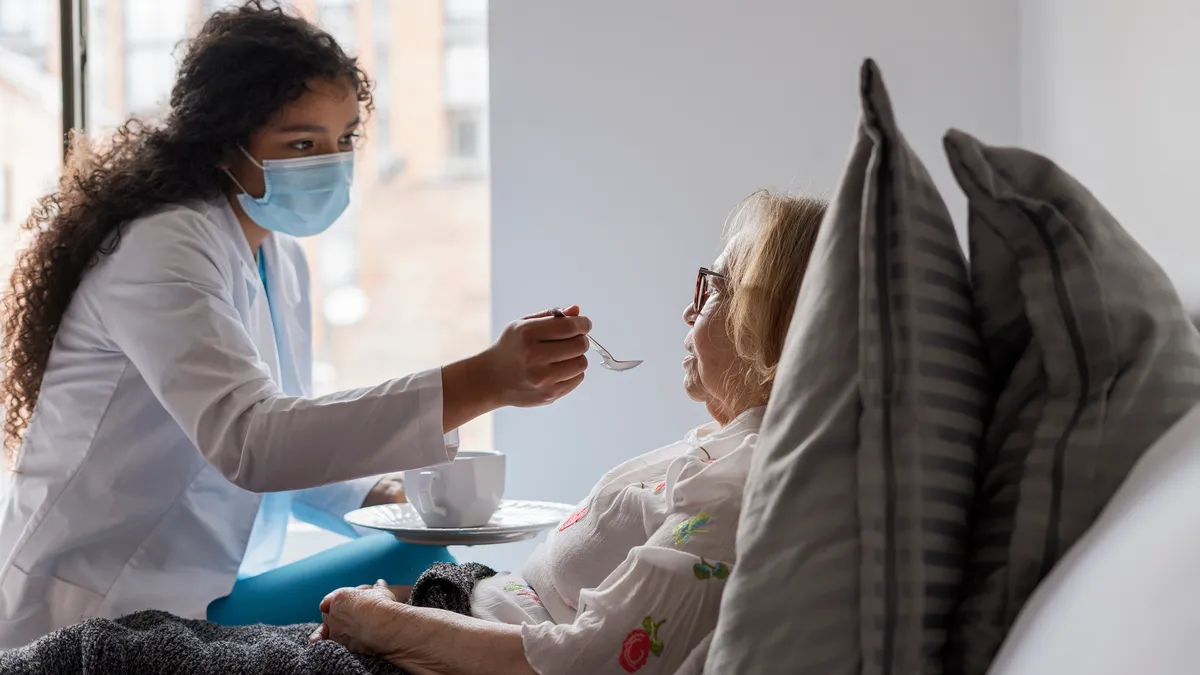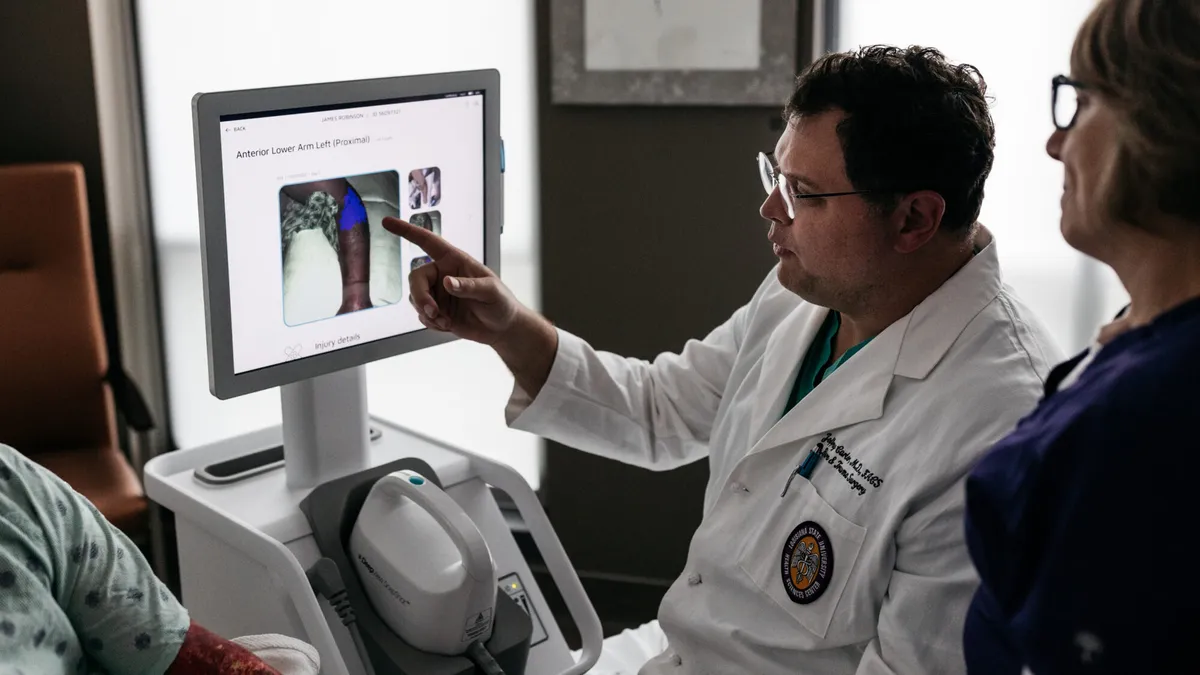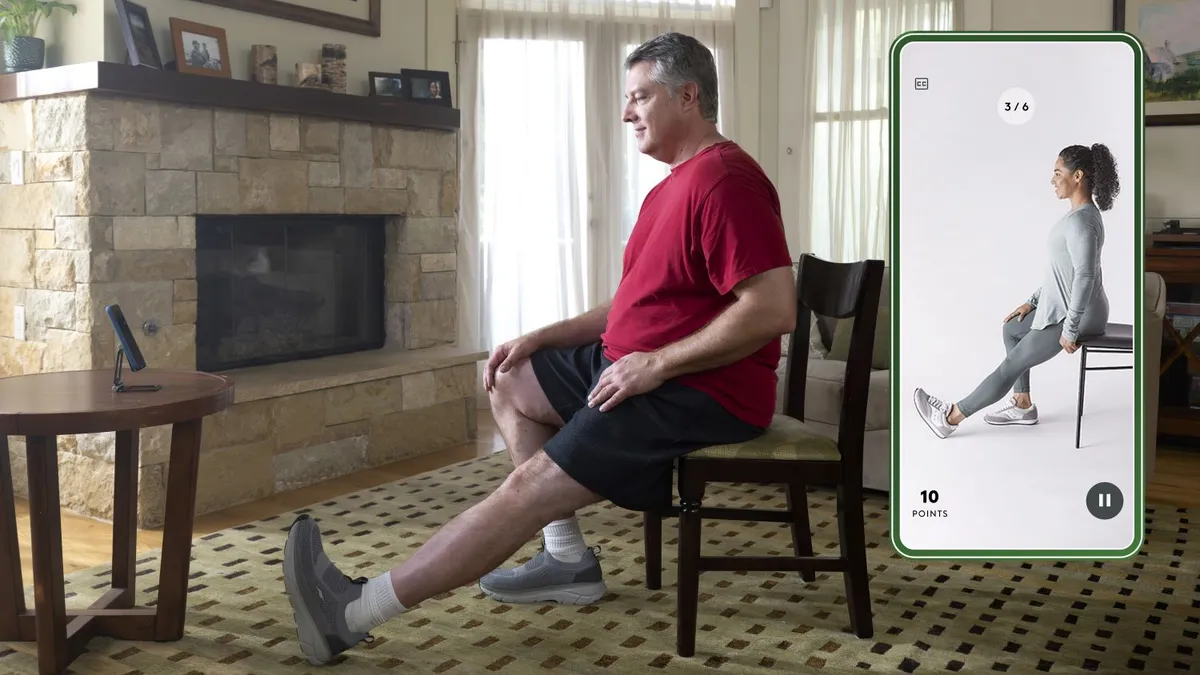When Dexcom quashed reports last week that it was in talks to buy Insulet, one key question still remained for the company: When would the G7 continuous glucose monitoring system be cleared for the U.S. market?
J.P. Morgan has touted the product as one of the medical device industry’s biggest launches of the year and Dexcom executives said that a decision could come in June around the American Diabetes Association’s annual conference.
Still, as the ADA conference wraps up this week, there still hasn't been a decision from the Food and Drug Administration and Dexcom currently doesn't have a timeline.
“We’re not there yet. We have more work to do,” CEO Kevin Sayer said in an interview. “I don’t have a date yet.”
The G7 system is a key device for the growing diabetes technology market as Insulet’s Omnipod 5 insulin pump is now available in the U.S. and rival Abbott Laboratories FreeStyle Libre 3 CGM was cleared for the U.S. last month.
After being delayed throughout last year, Dexcom’s latest CGM product received a CE mark in Europe in March and is in a limited launch in the U.K.
While there is still more work to be done for a U.S. release, the CEO added that there are no “showstoppers” in the company’s discussions with the FDA.
“It’s just a lot of work, and we need to make sure that we do it right. And we need them to be comfortable with it,” Sayer said.
Regarding a recent Bloomberg report that Dexcom was looking to buy Insulet, Sayer declined to comment beyond the company’s statement last week. When questioned whether Dexcom would ever seek to acquire an insulin pump company considering it has historically opposed the idea, Sayer said that “it’s always an option,” but reiterated the company isn't in acquisition talks at this time.
This interview has been edited for clarity and brevity.
MEDTECH DIVE: How is the European launch of G7 going? And can you provide an update on the FDA submission?
KEVIN SAYER: We couldn’t be happier with the feedback. We’ll get to a full launch in the U.K. shortly, and it’ll be our first major market in Europe. Then we’ll go to some of the other large geographies where CGM coverage is really strong over the course of the rest of the year, and then a broader scale launch in the U.S. and then the rest of the countries.
With respect to our FDA submission — we continue to have our back and forth with the FDA. In fairness to the FDA, there isn’t anything about G7 that isn’t different from G6. So, for us to assume that anything we did before is going to be valid is probably a bad assumption. We’re going through this, treating it as the new product that it is. We’re going back and forth with answers to their questions — there are no showstoppers. It’s just a lot of work, and we need to make sure that we do it right. And we need them to be comfortable with it.
This device is going to regulate insulin delivery for automated systems, and it’s going to regulate insulin delivery where people are going to make decisions on their own. It has to be reviewed, and it has to be safe for people in addition to being effective.
On Dexcom’s last earnings call, you said that a decision could come in June around ADA. Do you have a sense of when it will come now as we’re at that point?
SAYER: We’re not there yet. We have more work to do. I don’t have a date.
Once you get clearance from the FDA, how long will the process take to get G7 in pharmacies and to customers?
SAYER: It’s a matter of where you get your product paid for and how soon you’d have access to it on the reimbursement front. For example, for Medicare patients, CMS reimbursement is pretty much a 90-day approval after you file, and you can’t file until the product is approved for the market. State programs will more than likely come after that.
On the commercial side, if it’s a durable medical equipment, those approvals can happen quite rapidly. The product might be available to those people for reimbursement quite quickly. On the pharmacy benefit side, where we go through PBMs, that’s a little more time-consuming because you’ve got to go through discussions with all the PBMs, and then they have to go out to their payer groups and get all the contracts in place. A lot of it will depend on the various PBMs. That can be a three- to nine-month process. We’d like to make it faster. But, again, it’s a completely new product.
I've read about a potential G7 Plus, where the life of the sensor would be extended from 10 days to 15 days. Is that something Dexcom is working on?
SAYER: It’s absolutely something we would work towards. We stopped at 10 days at this point in time because we want to maximize the patient experience. Meaning, we want to make sure these devices last their entire useful life, and patients are getting what they signed up for.
To get to 15 days — we have the tools to get there. For most adults, the sensors last 15 days now. But the question is, how do you define most? Is it 65%, or is it 70-80%? Whereas, we know the sensors last 10 days for almost everybody.
The biggest issue for 10 days often is the adhesive, and what somebody puts the adhesive through in their own life, or just how their skin reacts to our adhesive. We do have adhesive programs. We have an adhesive we picked for G7 that became quite good. We are testing a couple of others to be more sticky for a 15-day product offering.
We are also looking at if we would need to make product changes fundamental to the membranes on the sensor to get there. But we don’t want to change too much because we don’t want to go through another long approval cycle, for example. We’re also looking at if there are things we can do in the algorithm to extend life.
We also know that some patient populations are different. For example, glucose variability in children really puts sensors through the wringer over that 10-day period, more than an adult whose glucose values do not vary as much because they’ve been at this a longer period of time and their bodies aren’t going through all the changes that a young person’s does. We don’t know how a 15-day product looks in that market yet.
We do have a 15-day program going on. We don’t have an electronics or battery problem going 15 days with G7. It’s really more of what the customer experience is going to look like, and are we giving them exactly what they asked for.
How would extending the sensor to 15 days impact the company from a business standpoint?
SAYER: Our reimbursement contracts are a cost-per-day model versus a cost per device. That’s how most of our contracts work. So, from a gross profit perspective, if all things are equal, we would be in a better position, and we could serve more customers.
Regardless of what I say about all this, you can guess if somebody says I’m only getting two instead of three, there will be negotiating. But those negotiations, from an overall business profitability perspective, usually end up on the positive side for us. And we will have more money to spend on the rest of the business or give back to shareholders if we can get to that 15-day life, and do it in a reliable, professional manner.
Last month, Abbott's Libre 3 was cleared by the FDA. Does that change how you will approach your U.S. launch now that your competitor can bring its new product to market here?
SAYER: No, it doesn’t change our plans. What we have learned here at the ADA conference is that product isn’t coming to the U.S. for a while. Abbott got a CE mark for Libre 3 in September 2020, and it’s barely out there now. So, that isn’t going to change what we do. We know the most important thing we can do is get G7 up for our user group, and we will go as rapidly as we can there and switch people over as quickly as we have capacity.
We’re in a very good place. Libre won’t change our plans.
In May, there were reports of a potential Dexcom-Insulet deal. Can you talk about Dexcom’s overall approach to M&A and if an insulin pump company would ever be a potential acquisition?
SAYER: The only statement from us is we’re not merging or acquiring anybody. So, I will stick to that as far as the specific rumor, but I will talk about our strategy going forward and what we consider, and what we’ve done in the past.
If you look at medical device companies, there’s never been an organic growth story like ours. I’ve been here 11 years, and we’ve gone from $40 million in revenue the year I started to nearly $3 billion this year, if we stick to just Wall Street estimates. That is incredible growth.
But at some point in time, we have to bring other things into our company, and we have brought other things into our company. We’ve done some very strategic deals that have worked out very well. We acquired our distributor in Germany. We bought our distributors in the Netherlands and Australia this year to expand our market. If we’re there with our capital resources, we can fund growth in these foreign markets better than these distributors. As we go forward, anything we can do to enhance our scale on the distribution side we’ll look at, from partnerships to acquisitions to new distribution relationships.
The other thing we have to realize is that over time, there will be new technologies that we’ll need to bring into our portfolio, or there may be things we could acquire that would enhance what we do. We have a ventures group that’s making investments in other companies and other technologies.
On the software side, we bought the company that formed the basis of our cloud platform for the physician tool Dexcom Clarity. We bought that company back in 2015. While not much of it is left, we had to add some expertise in that area or we were never going to get there.
For automated insulin delivery, several years ago we acquired Type Zero, which is the algorithm that Tandem Diabetes Care uses for its Control IQ technology. Speaking on Tandem’s behalf, they’ve made changes to make this more their algorithm than just what they licensed from us. But that fact is that this is the engine of that AID system. We thought that technology was important to our future and partnerships and licenses and relationships, and we wanted to own that.
So, we’ve been relatively active, but on a small scale. I think that’s our overall strategy. If we saw something really big that would enhance our company we’d certainly consider it. We’d be foolish not to.








